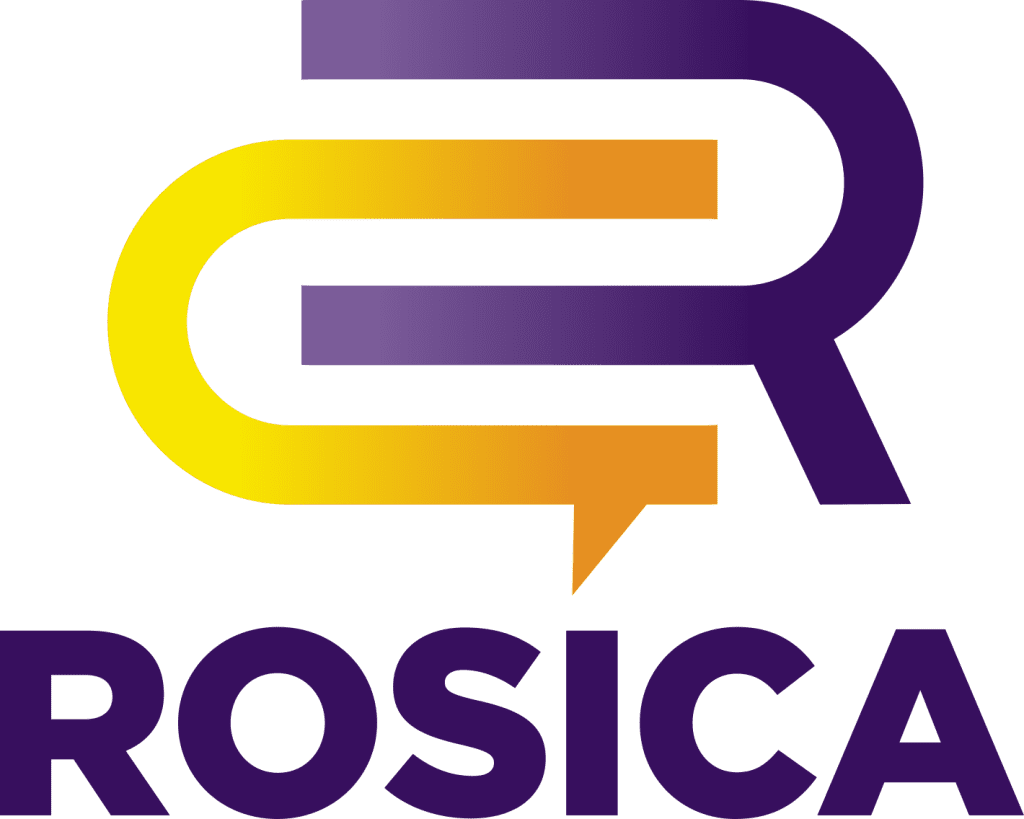Marketing Matters
By Christopher Rosica
Hispanic Beauty
Reaching the U.S. Hispanic market is easier than ever before…and could be a crucial step in your brand’s growth.
There are more than 400 million Spanish-speaking consumers in 23 countries around the world, and Spanish is the third most spoken language across the globe. With census figures showing that more than 22 percent of the 34 million Hispanics in the U.S. are between the ages of 12 and 24, it is also a young population of existing and future consumers to indoctrinate to your brand. Hispanics are America’s largest minority group, and by one estimate, had more than half a trillion dollars to spend in 2002. So, while Hispanics are assimilating at an increasing rate, in order to be successful and broaden the appeal of your brand, take advantage of the many opportunities that exist to reach the diverse Hispanic market and let these groups know you are aware of their culture-specific needs.
Companies that will be successful in getting the attention of Hispanics are those that take the time to understand the various cultures within the culture. In the U.S., for example, the Hispanic population comes from Mexico, Puerto Rico, Cuba and Central and South America. What this means for beauty companies is potentially addressing a variety of hair types, from curly, relaxer-reliant tresses to wavy manes to pin-straight, Asian-like hair. It also means a myriad of skin tones, from nearly Caucasian to light brown to black. All these should be addressed, as should the packaging for these products, with models representative of the audience for which they are designed.
This may mean that a hair-care product created and marketed in Brazil, with Portuguese-language packaging and white-skinned, Brazilian models with straight hair, may not translate well to the Hispanic-American market. Conversely, U.S. products designed to appeal to dark-skinned Mexicans may not go over well in Spain, where lighter skin tones are predominant. What’s more, Hispanic areas in the U.S. are dominated by a variety of cultures; New York carries a significant Puerto Rican population, while Texas contains a large Mexican contingency, and Cubans are numerous in Florida.
What all of this adds up to is that issuing press releases, disseminating direct mail pieces, placing advertisements and posting Web sites in Spanish and English are effective ways to work with the Hispanic media and entice their audience. There are many services available to companies that cost-effectively translate copy; however, people that speak your target audience’s language should avoid using software programs that often do not take into account the nuances of ideas and intended meanings of words.
Never have there been more opportunities to utilize the media to reach Hispanics, from the hot trend-setting publications such as Latina and Spanish-language versions of the leading women’s lifestyle magazines, including Cosmo en Español, Shape en Español and People en Español, to television outlets like Telemundo and Univision. Daily Spanish-language newspapers in the U.S. grew from 14 in 1990 to 34 in 2000, while Spanish-language weeklies grew from 152 to 265, and Spanish-language magazines grew from 177 to 352 during the same period. In addition, English-language mainstream publications are embracing and showcasing Hispanic models in an awakening to the numbers they comprise in the population.
One-third of Hispanics read in English and Spanish, another third read only English and another third read only Spanish. Seven out of ten Hispanics read daily or weekly newspapers, while 75 percent watch television in both English and Spanish, and 50 percent listen to the radio in both languages. In addition, the Internet is a highly utilized medium for Hispanics, with 48 percent of U.S. Hispanics going online from home in the past two years, compared to 21 percent of all U.S. consumers. The Hispanic audience also spends more time online at home (9.5 hours per week) and at work (13.8 hours per week), compared to all U.S. consumers. However, currently only three percent of online content is available in Spanish, according to some estimates.
Hispanic Heritage Month, which runs from September 15-October 15, is a national celebration of Hispanic pride and culture in the U.S. Aligning your organization with activities that embrace and support Hispanic Heritage Month can create goodwill among this audience toward your brand. In conjunction with Hispanic Heritage Month, and throughout the year as tie-ins to other high-profile Hispanic holidays, such as Cinco de Mayo, are community festivals that bring together those elements important to the Hispanic culture: family, food, music and dance. Beauty companies can sponsor these festivals and introduce their products at booths with sampling and makeovers, elevating their brand and reaching this audience at the vital grassroots level.
Another way to reach the Hispanic audience is to support causes important to them. With Hispanics suffering a greater incidence of some life-threatening diseases, such as HIV/AIDS, tuberculosis, diabetes and breast and cervical cancers, donating a portion of the proceeds to fight these afflictions, and flagging your packaging, advertising and Web sites as such, is worthwhile. It is also just good…to do good.
With a large and growing influence in the marketplace across the globe, Hispanics are not a group to ignore in your brand’s strategic development. The growth potential is there and the opportunity is yours.
